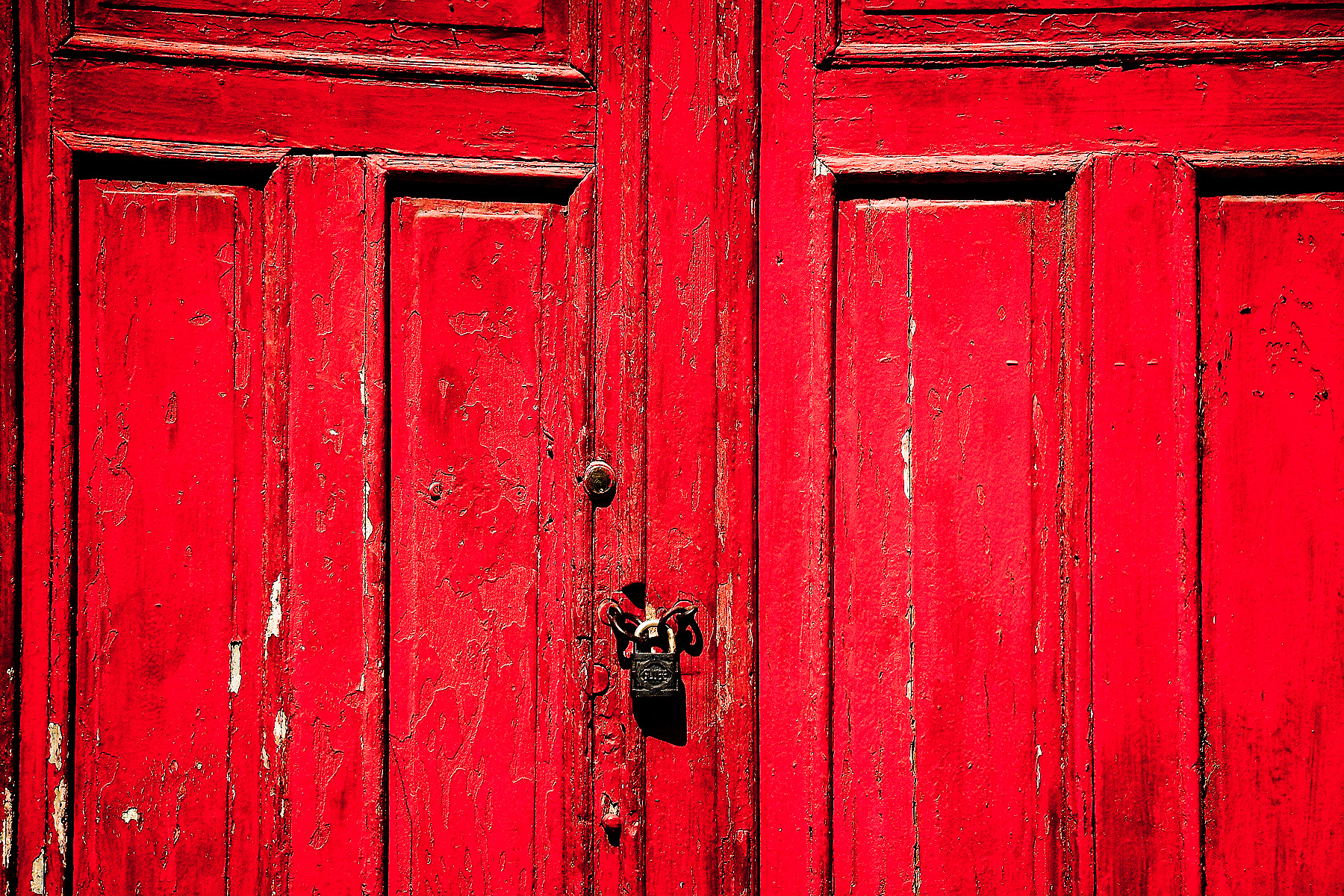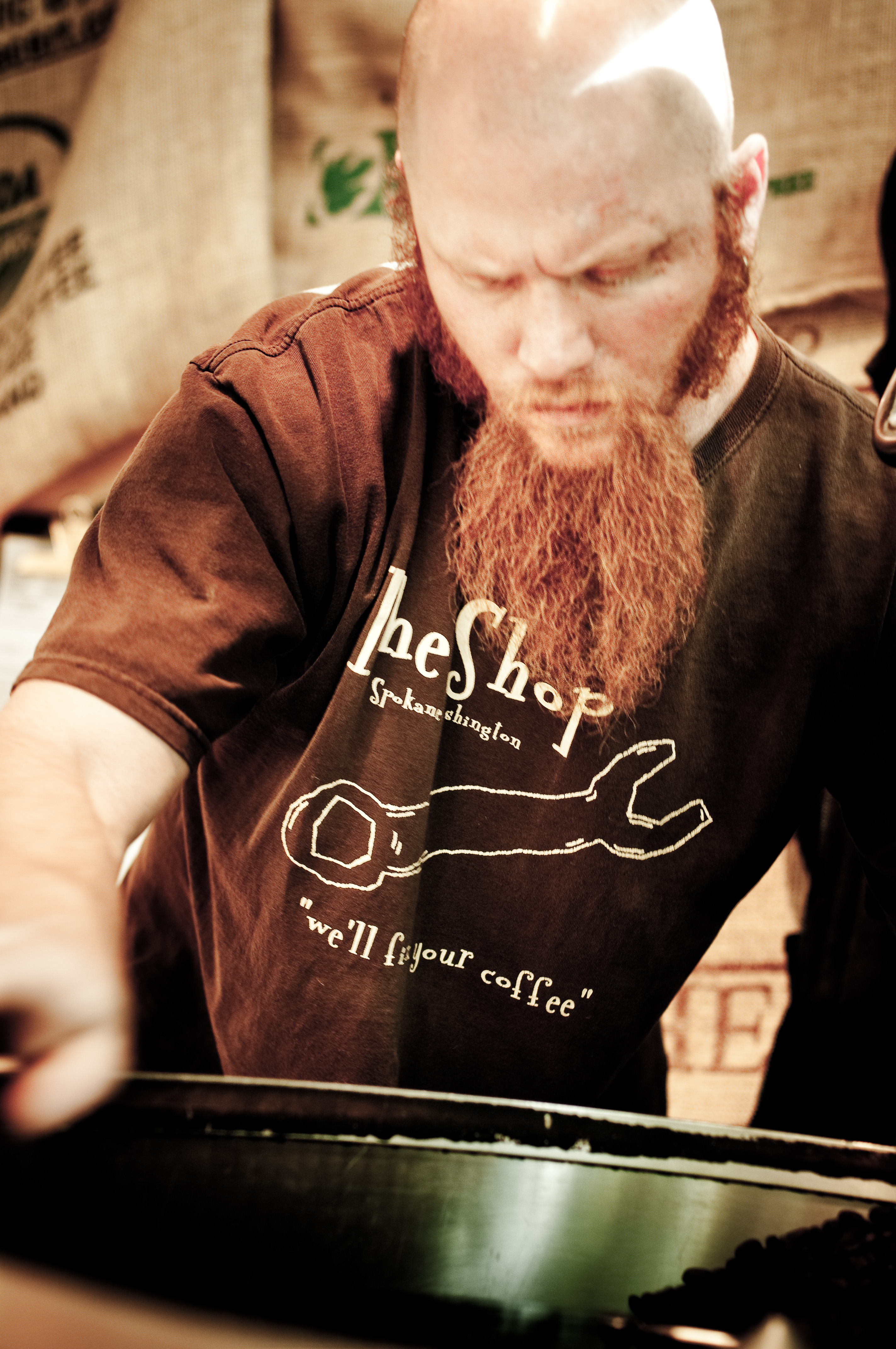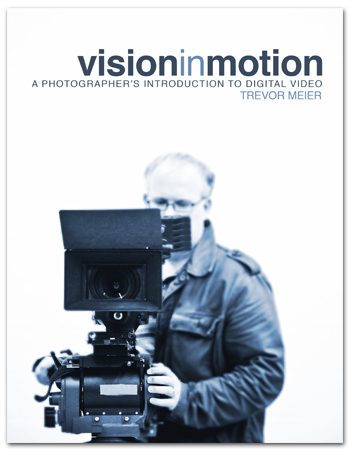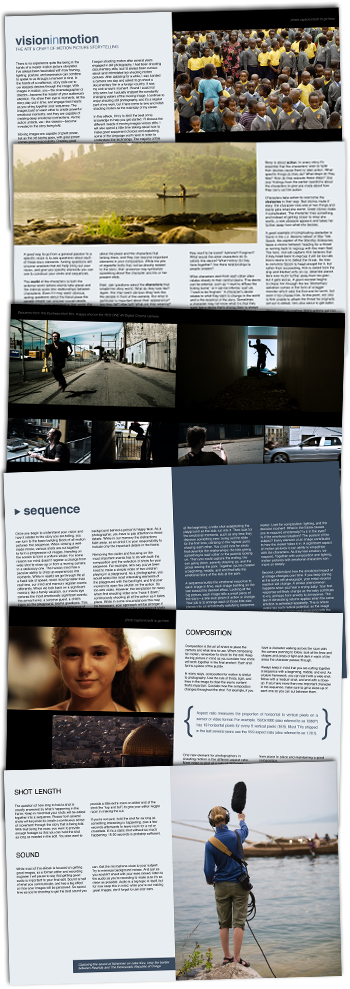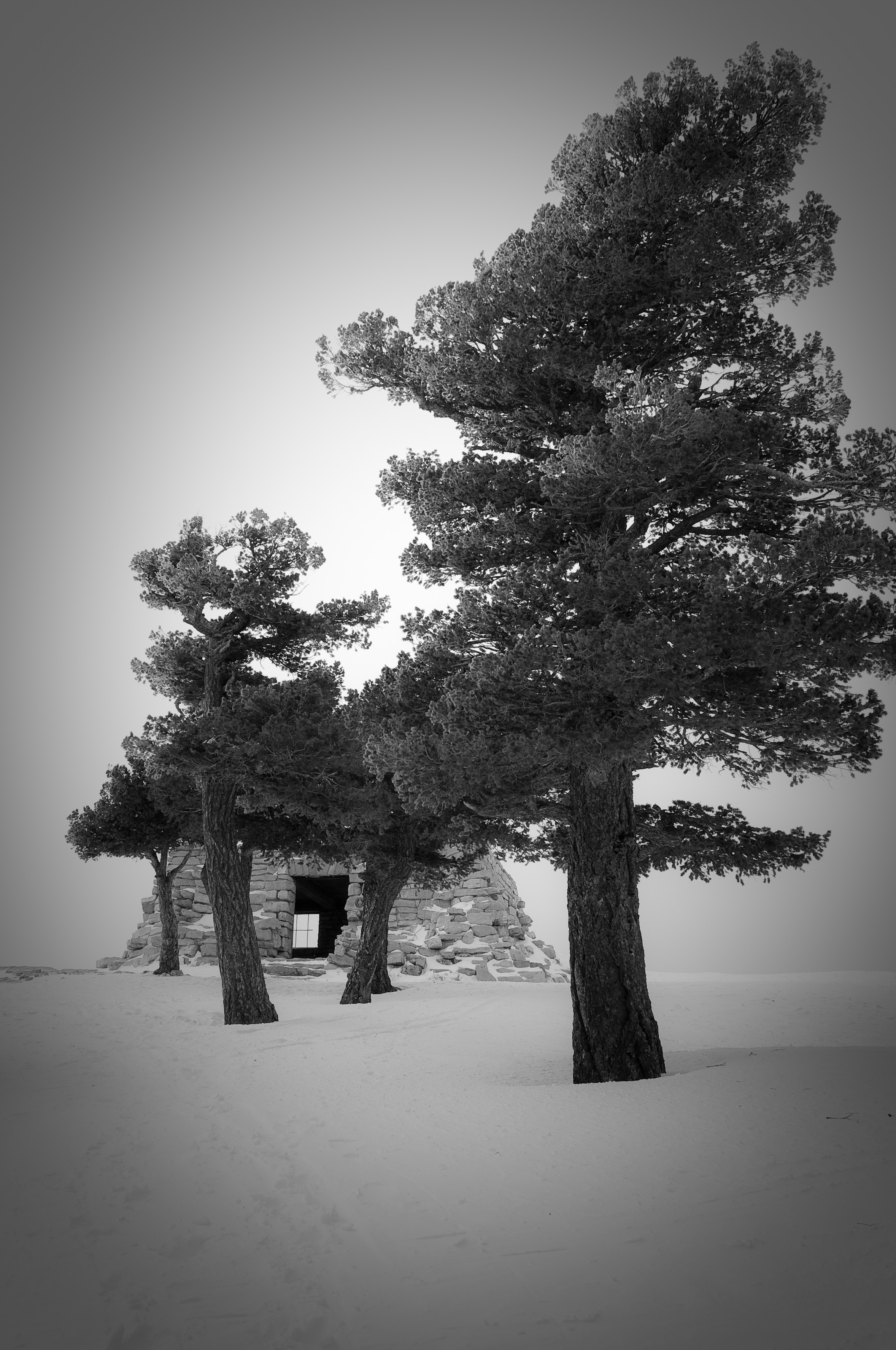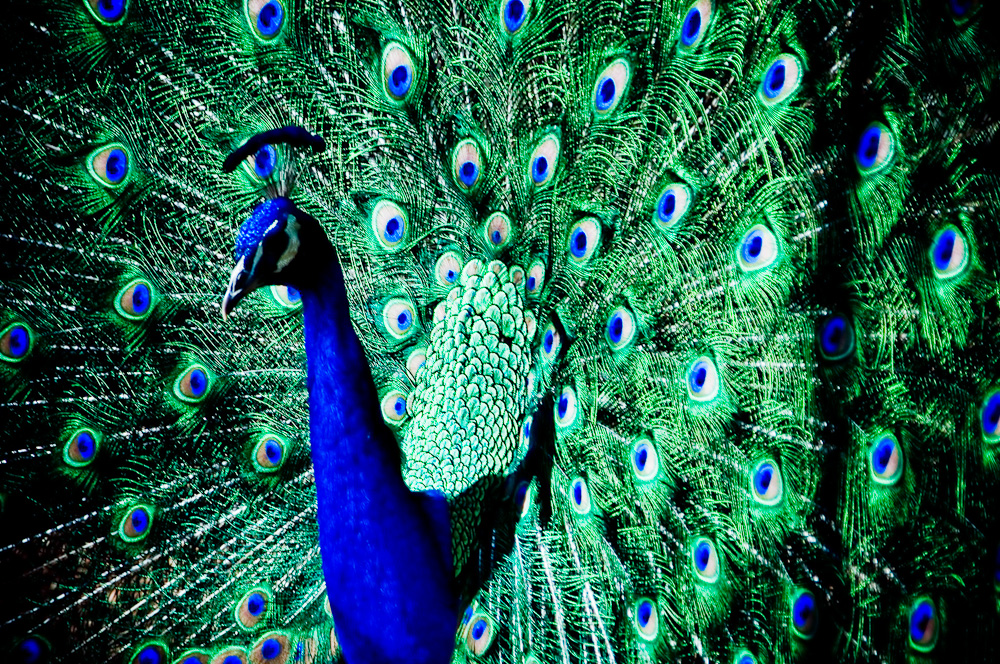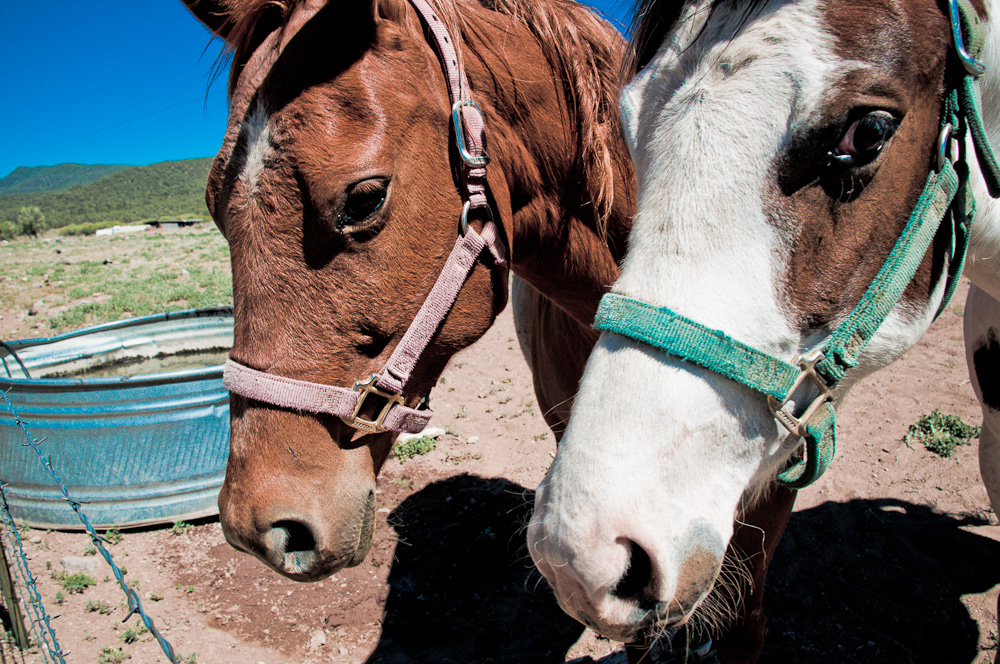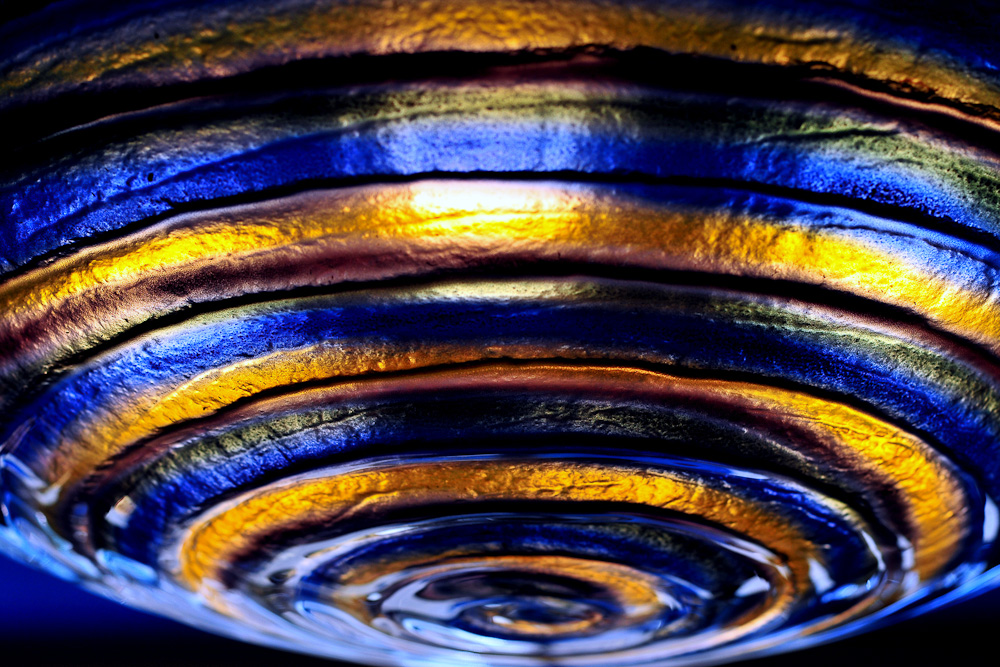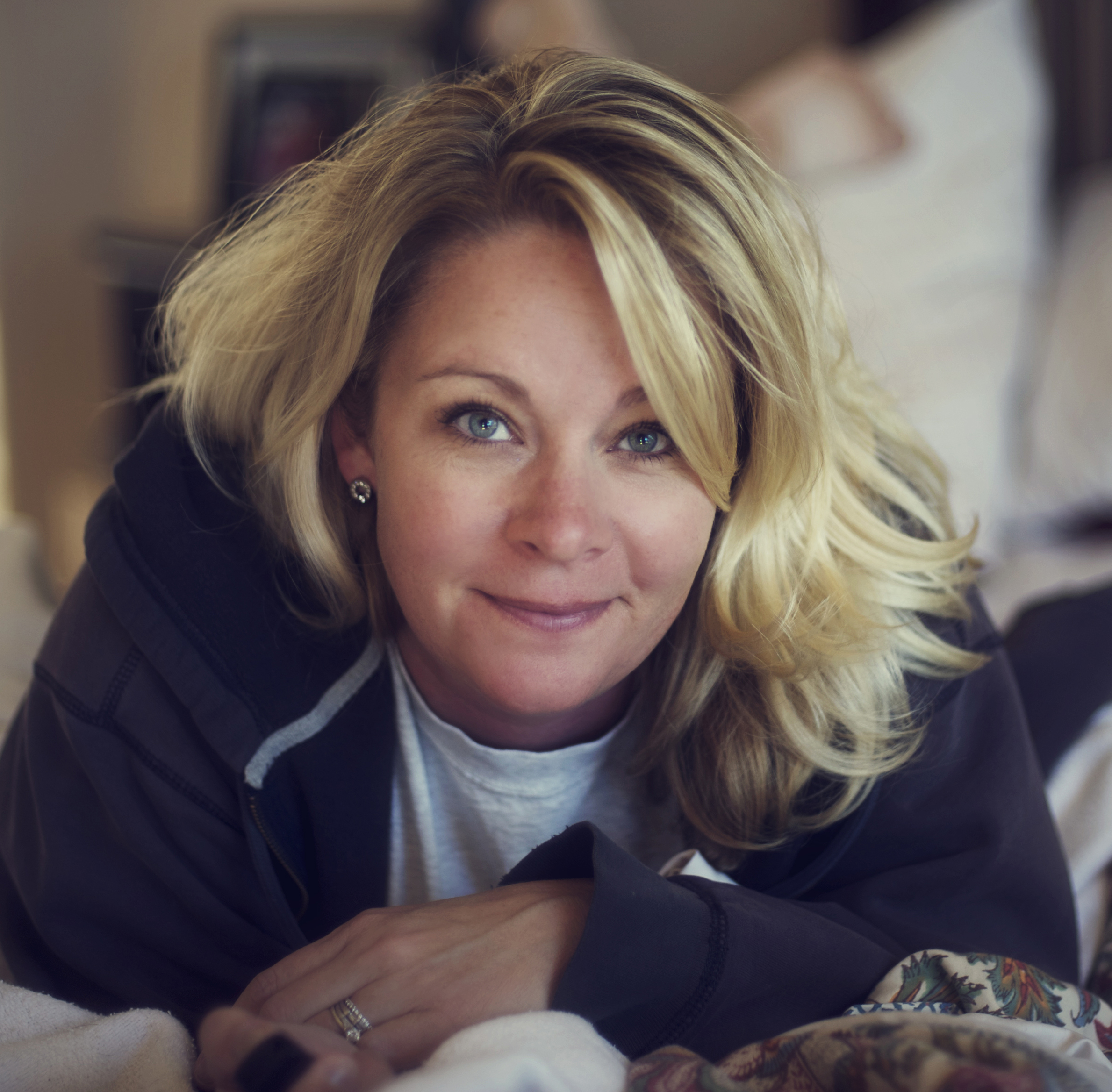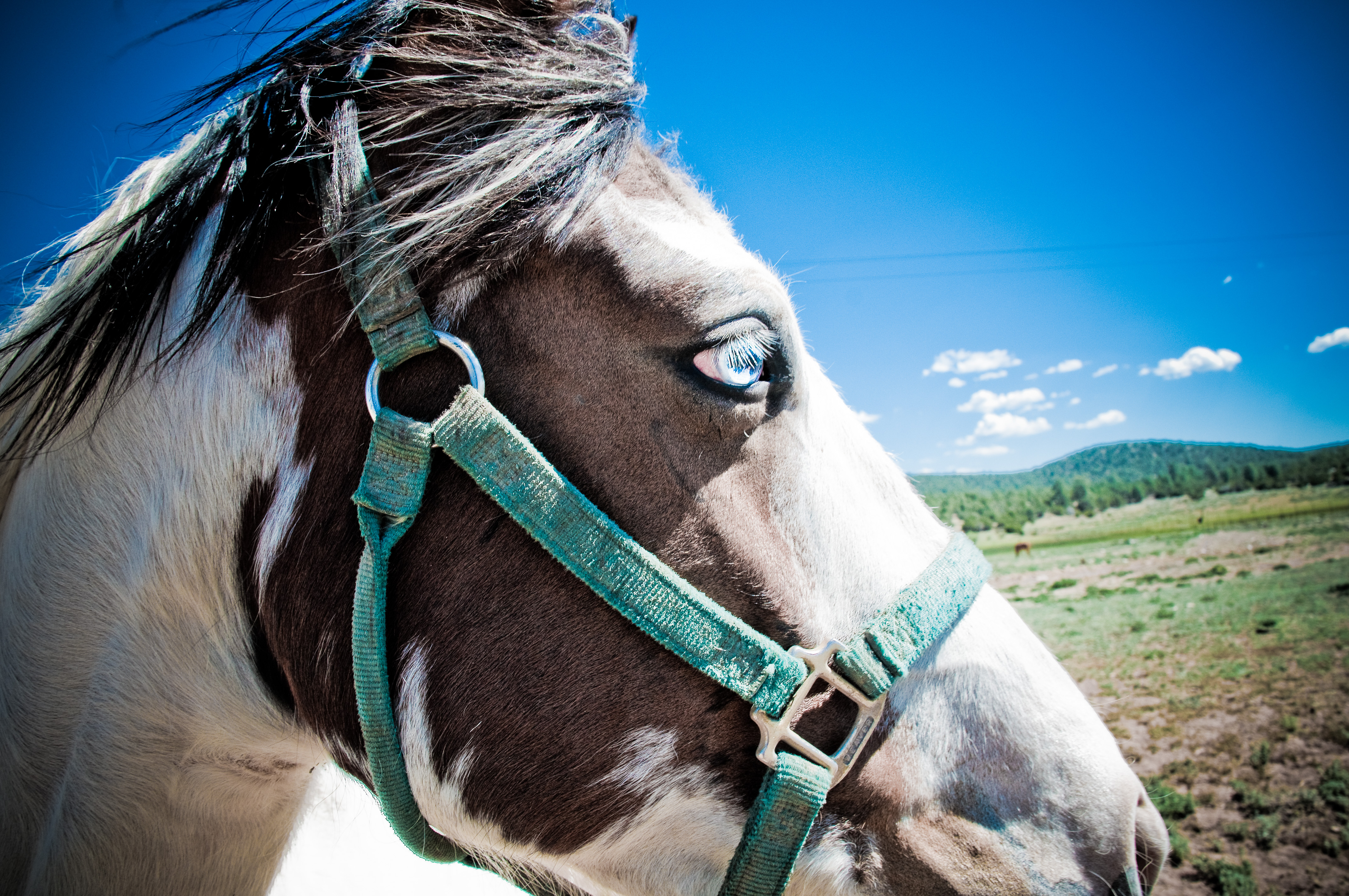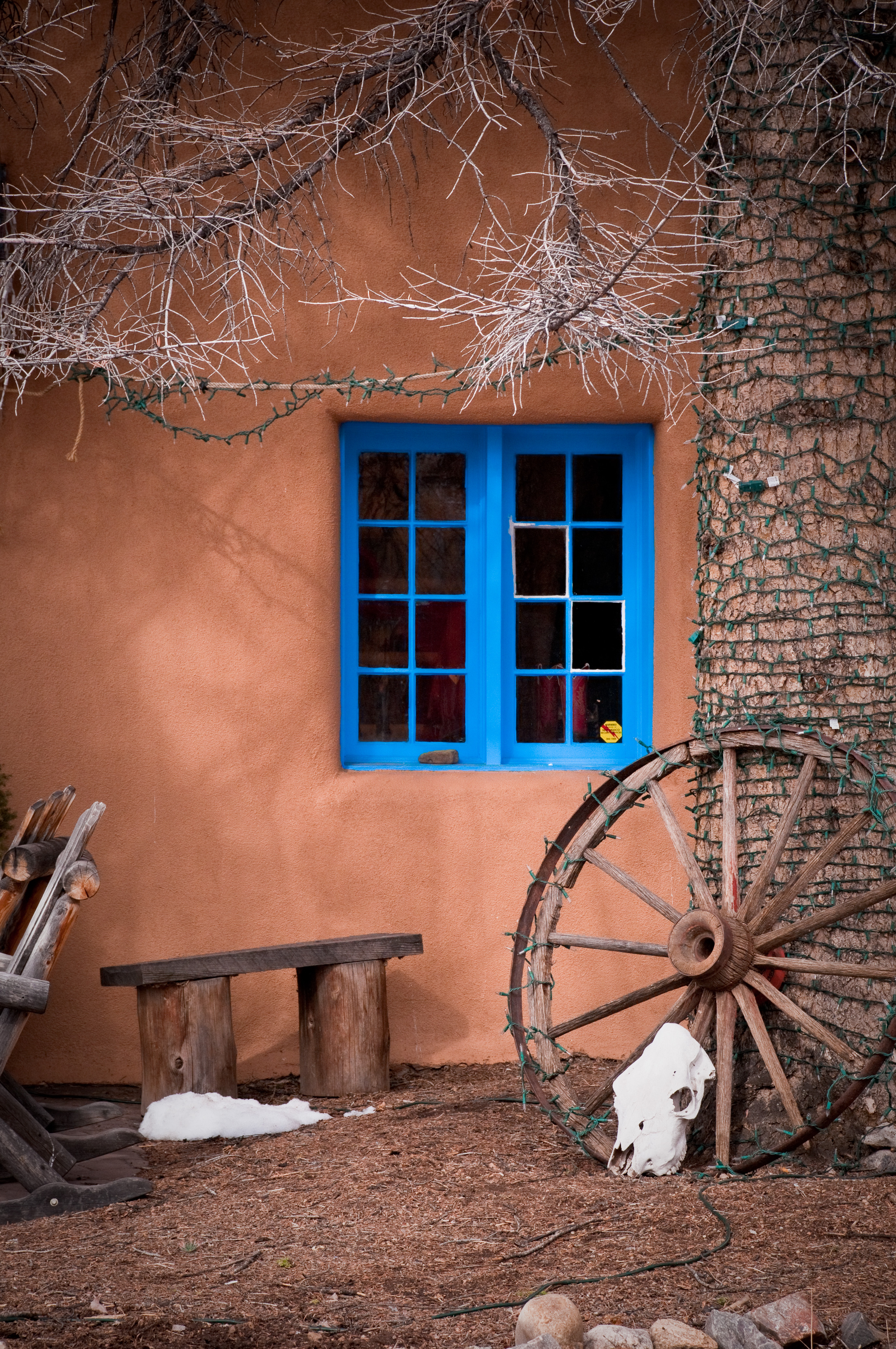
(c) 2010 Brian E. Miller Photography
I just watched an episode of TED Talks featuring happiness expert and social psychologist, and author of “Stumbling upon Happiness,” Dan Gilbert wherein he describes the unique ability of the human brain to create happiness despite logical reasons not to. He calls this “created” happiness (the happiness found despite bad stuff happening in one’s life and even as a result of bad stuff happening in one’s life) “Synthetic Happiness.” This synthetic happiness, he claims (and his experiments appear to bear out) arises out of limited choices in one’s life. That essentially, a person will develop a sense of happiness, at least with regard to specific aspects of their lives, equal to or surpassing another’s happiness if they are given fewer choices and most especially when choices are irreversible.
This is interesting stuff. Watch the video here for Dan Gilbert’s 21 minute explanation of this fascinating psychological construct. After watching this I started to think: how does this apply to the creative person? What are the implications for the person drawn to artistic and creative pursuits? Well, I think it has direct implications? I’ll use an example from my own life to illustrate the dilemma.
When I first moved to Albuquerque from New York City, a friend who had moved here several years prior commented on the risk of living in an environment so conducive to outdoor pastimes. She explained that there were almost too many possibilities each day: snowshoeing, cycling, skiing, hiking, backpacking, mountain biking, etc. She would often find herself stymied by which activity to undertake on any given day and would often find herself stuck at home unable to make a choice between several desirable possibilities.
The same is often true with the creative. When facing the blank page, when facing the prepped canvas, the writer or painter have infinite possibilities. The same is true for the photographer; lots of gear, many lenses, strobes, reflectors, barn doors, gobos, etc. can sometimes (or even often) lead to an inability to get started. What helps overcome this stymie-ness is the making of what Gilbert calls an “irreversible” choice. In my example above, my friend eventually suggested I get up and do the first activity that came to mind, regardless of whether it was the perfect choice or another equally good choice popped in my head. She recommended making an irreversible decision to undertake the first activity I thought of.
In photographic terms this means grabbing gear, whatever gear, and heading out the door to shoot. We might lament the choice we’ve made for a moment, but once stuck with the limited gear we will produce something and actually become happy with it. Yes, we could have shot the subject differently with a wide angle lens, or a macro, or a telephoto, or whatever. But it seems like we are able to accept the loss of the “possible” shot if we’ve committed, irreversibly, to our gear and what we can do with it rather than if we bring all our gear with us and then use it all in an attempt to get the perfect shot. Or worse yet, not leave the house due to the overwhelming difficulty in deciding which equipment would be perfect for the day.
So what does this mean in our daily life as photographers? Well, it means that our creativity and our happiness with the results is bolstered, upheld, perhaps even dependent upon making an irreversible choice regarding our gear, the location, the timing, etc. Essentially, the psychology of this creative process calls for us to adhere to Nike’s famous maxim of “just do it.” Grab your camera, any camera, any lens, and walk out the door and do it! Commit to some project, any project, and see it through. Your happiness with the outcome of the project is dependent on your irreversible commitment to it, not on the quality or quantity of gear that you take along. I would encourage you to grab your camera, with the lens it currently has attached, and head outside with just that equipment and go make photographs. Your happiness might just depend on it.
And please share. What images did you make? Post them on Flickr, or Facebook, or whatever and post a link to them in the comments below. I can’t wait to see what you come up with.


